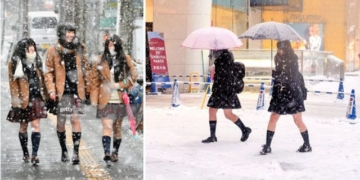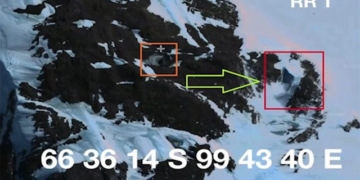Deep within the tropical forests of Venezuela lies a series of flat plateaus that are shrouded in mist year-round, standing at over 2,743 meters above sea level and 400 meters above the surrounding terrain. The unique geographical position of these plateaus raises questions about the extinct life on the surface, suggesting that dinosaurs may still be thriving here.
“The Holy Land”
According to Ancient-origins, when viewed from above, the flat plateaus enveloped in clouds resemble islands in the sky. The local people refer to these as tepuis – a type of mountain with a flat, tabletop summit. The most famous among them is Mount Roraima, as named by the locals.
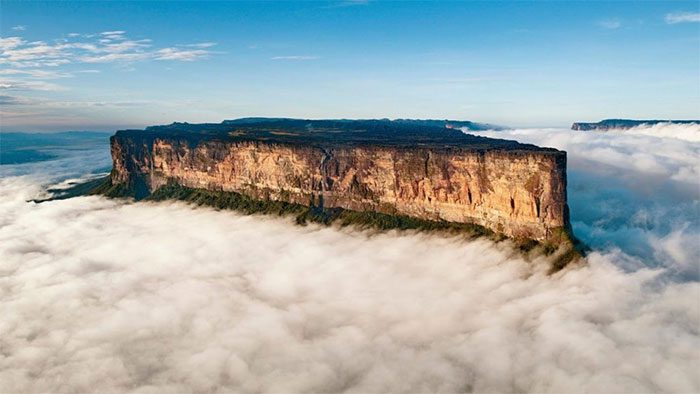
Mount Roraima shrouded in mist. (Photo AO).
The mountain plateaus were formed when South America joined with Africa to create the supercontinent Gondwana. This means they were created for the first time perhaps 400 to 250 million years ago.
Before Europeans conquered Mount Roraima, the indigenous people of Venezuela held the tepuis in special sacred regard within their culture. According to the Pemón people, Mount Roraima is “the root of a giant tree that once held all kinds of fruits and vegetables in the world.”
The tree was cut down by “one of their ancestors, causing the tree to fall to the ground, leading to a terrible flood.” The Pemón believe that anyone who climbs to the summit of Mount Roraima will not survive to return.
These mystical mountains have attracted explorers and many writers for centuries, most notably Sir Arthur Conan Doyle, who described Mount Roraima in his 1912 novel The Lost World.
In Doyle’s novel, a group of explorers discovers that dinosaurs and other extinct creatures are still thriving on the cloud-covered plateaus. Some people today still believe that this is a real possibility.
Once an impenetrable place for all except the indigenous Pemón, Mount Roraima truly is a lost world.
Does the Lost World Still Have Dinosaurs?
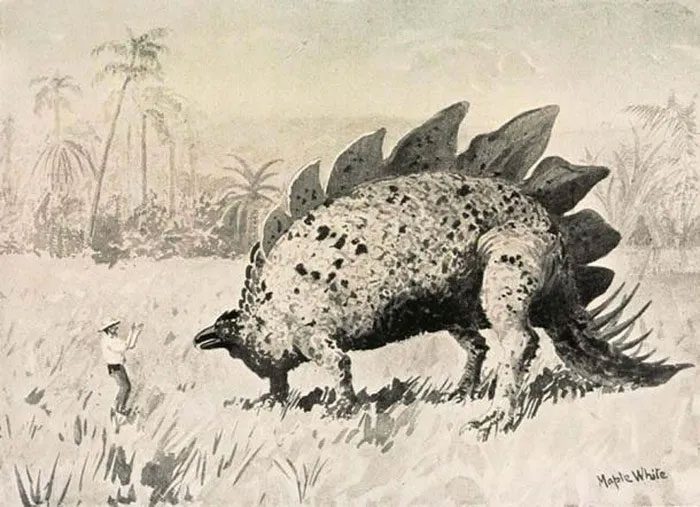
Illustration from Arthur Conan Doyle’s The Lost World depicting explorers encountering dinosaurs atop Mount Roraima.
Because the tepuis are a desolate world, extremely rarely visited by humans, it is estimated that “at least half of the approximately 10,000 plant species thriving here are unique to the tepuis and the surrounding lowlands.” New species are still being discovered.
Currently, the tepuis in Venezuela have been conquered by humans, but only a few have been extensively explored. This raises the hypothesis that species believed to be extinct, including dinosaurs, may still exist in these remote plateaus, just as described by Doyle in his novel The Lost World.
The inspiration for writing The Lost World actually came from the accounts of British botanist Everard Im Thurn, who climbed to the summit of Mount Roraima in December 1884.
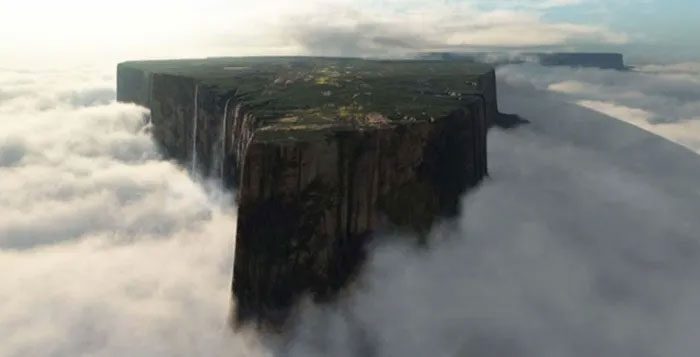
Do dinosaurs exist atop Mount Roraima? The answer remains unanswered.
When exploring Mount Roraima in 1989, German explorer Uwe George admitted, “they did not see primitive creatures or their fossil remains on the mountain, but due to the extremely difficult terrain, only a small part of the 113 km² summit has been explored.” (George, 1989).
After George’s expedition, Mount Roraima has been investigated more thoroughly, and unsurprisingly, no traces of dinosaurs or prehistoric creatures have been found here. However, there are still too many areas and mysteries in Roraima that remain unexplored.
Humans have seen black frogs and tarantulas – a large, hairy black spider that does not exist anywhere else in the world except on Mount Roraima. Therefore, many believe that there are still many other species that exist only in the mist-shrouded world atop Roraima but have yet to be discovered. And who knows, they might include dinosaurs or any prehistoric creatures…



















































